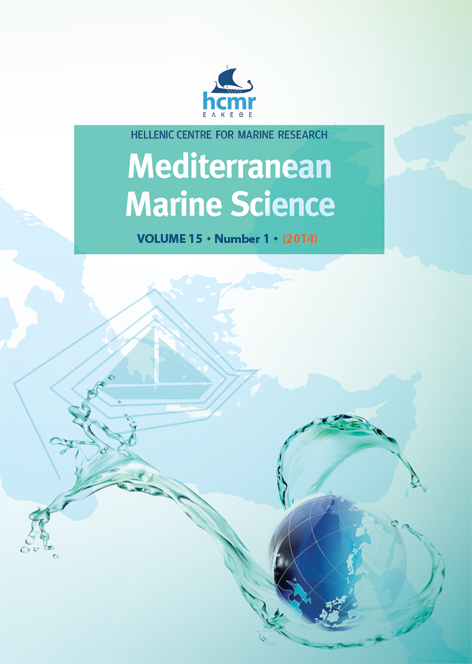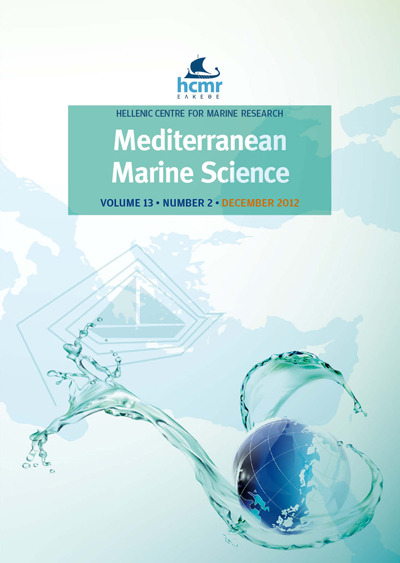On the occurrence of Uronema marinum Womersley (Chaetophorales, Chlorophyta) in the north-western lagoons of the Adriatic Sea, Mediterranean Sea (Italy)

Abstract
We study the occurrence of the alien macroalga Uronema marinum in the lagoon of Venice, in the lagoons and ponds of the Po Delta and in Pialassa della Baiona in Emilia-Romagna. It was in summer 2012 that U. marinum was identified for the first time, even though it has been present at least since 2008. This species, originally described from South Australia and Western Australia and probably imported with the Manila clam Tapes philippinarum, is prevalently associated with thalli of another introduced species, Agardhiella subulata, and the invasive Gracilaria vermiculophylla, which also have a Pacific origin and have recently colonized the same lagoon areas. Uronema marinum is currently widespread in the whole lagoon surfaces, but is particularly abundant in stagnant waters, rich in nutrients, where Gracilariaceae and Solieriaceae prevail on Ulvaceae.
Article Details
- How to Cite
-
SFRISO, A., BUOSI, A., & SFRISO, A. (2013). On the occurrence of Uronema marinum Womersley (Chaetophorales, Chlorophyta) in the north-western lagoons of the Adriatic Sea, Mediterranean Sea (Italy). Mediterranean Marine Science, 15(1), 101–105. https://doi.org/10.12681/mms.517
- Issue
- Vol. 15 No. 1 (2014)
- Section
- Research Article
Authors who publish with this journal agree to the following terms:
- Authors retain copyright and grant the journal right of first publication with the work simultaneously licensed under a Creative Commons Attribution Non-Commercial License that allows others to share the work with an acknowledgement of the work's authorship and initial publication in this journal.
- Authors are able to enter into separate, additional contractual arrangements for the non-exclusive distribution of the journal's published version of the work (e.g. post it to an institutional repository or publish it in a book), with an acknowledgement of its initial publication in this journal.
- Authors are permitted and encouraged to post their work online (preferably in institutional repositories or on their website) prior to and during the submission process, as it can lead to productive exchanges, as well as earlier and greater citation of published work (See The Effect of Open Access).






